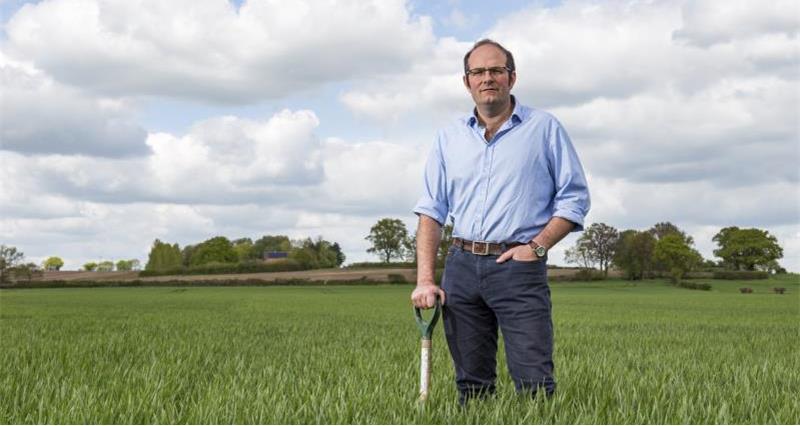During my time as a monitor farmer for the AHDB I remember one of my genuine ‘lightbulb’ moments. I had a detailed look at the costs involved with managing a model 400ha farm using the figures from 2003 to 2014. The rises were absolutely stark. Back in 2003 the variable costs for wheat were £210/ha and by 2014 they were £580/ha and for OSR, which we used to think of as a cheap crop to grow, the costs had gone from £163/ha to £580/ha – remember these were real figures from a contract farm account. When I then looked at what had happened to the machinery costs involved they had risen from £159/ha to £346/ha.
I could have dealt with these cost increases if my yields had risen, my output prices had doubled, my sustainability had improved or even if I had been making lifestyle decisions that meant we only worked a 40hr week – none of these were the reality. What had happened was the level of RISK within my business had increased exponentially. In 2003 to farm the model 400ha I would have required just shy of £145k, but by 2014 this figure had increased to over £372k while wheat prices had increased by 29% and OSR 24%.
I think over that 12 year period I had been chasing the promise of higher yields and bigger margins; I had been to agronomy meeting after agronomy meeting to get the best information, I had bought in to the newest varieties, in OSR I had moved to hybrids with the increased seed cost that comes with it, we were using micronutrients – the list goes on. What I had really done was fail to look at the biggest influencer on my final production – the weather! In Essex you can regularly have a June with below the required rainfall coupled with several days where temperatures hit 30 degrees consecutively. The impact this has on the final yield can’t be counteracted and the investment you have made in the crop simply burns up in front of you. We often refer to a June rain as ‘pound notes falling from the sky’. I had been guilty of investing for a 11t crop but only achieving a healthy 9.2t/ha average.
Since this stark wake up call we have reflected on our decision making and investment. Our focus now is the best untreated varieties on the RL list to reduce our risk from the start. I look very closely at the NIAB Tag yield responses at the different fungicide timings and the only two that annually give me a decent return on investment are the T1 and T2 spray timings. With a disease resistant variety and this information we often only use two fungicides now rather than the four and the annual questions about a fifth that had become the norm. We have moved to a large wheeled prime mover rather than the large tracked machine which has given much greater flexibility but also a real focus on what is required in each field rather than what is possible. We have reduced our cultivation intensity; no I am not fanatical about direct drilling, but we ask the question ‘why can’t this field be direct drilled?’ and chose what we believe are the appropriate actions.
What I have been through above to me is the real conundrum of productivity. It’s not just striving to produce more to reduce unit costs, but is about a slightly different mindset as to what is possible and how we make those decisions.
